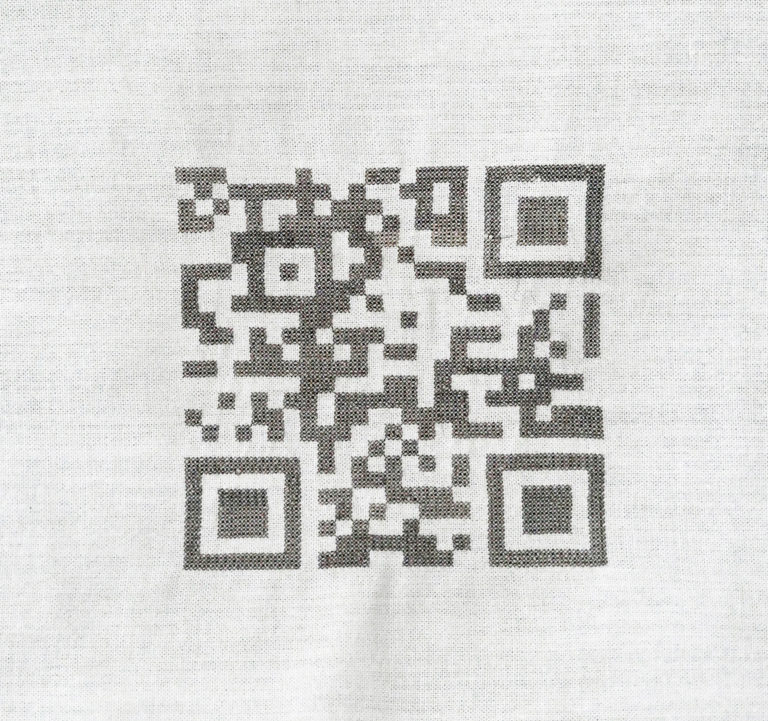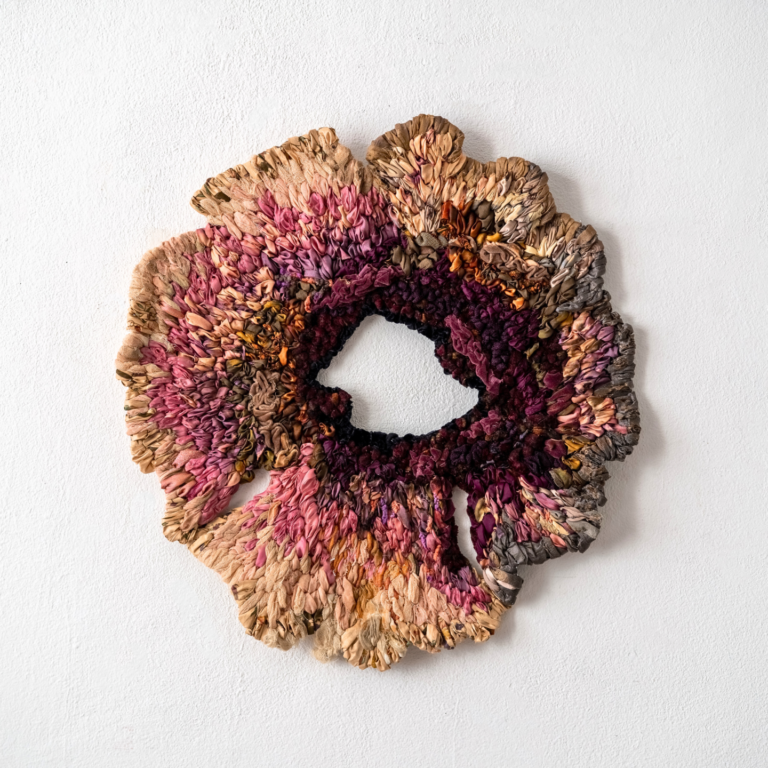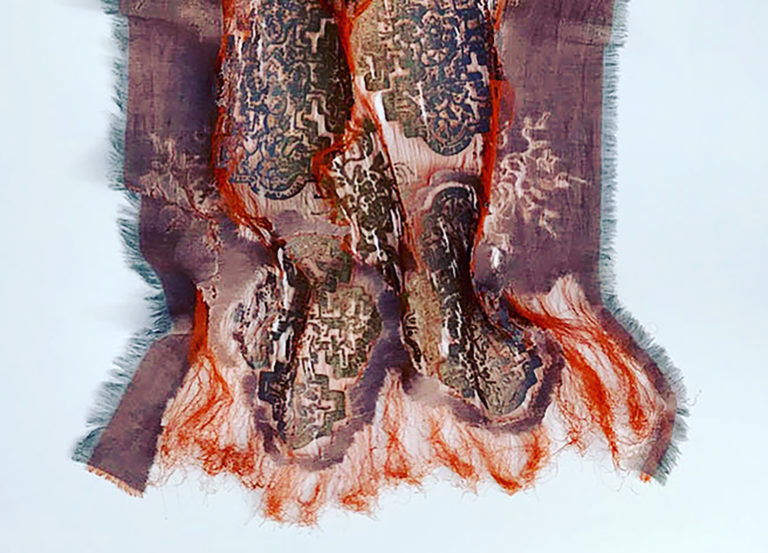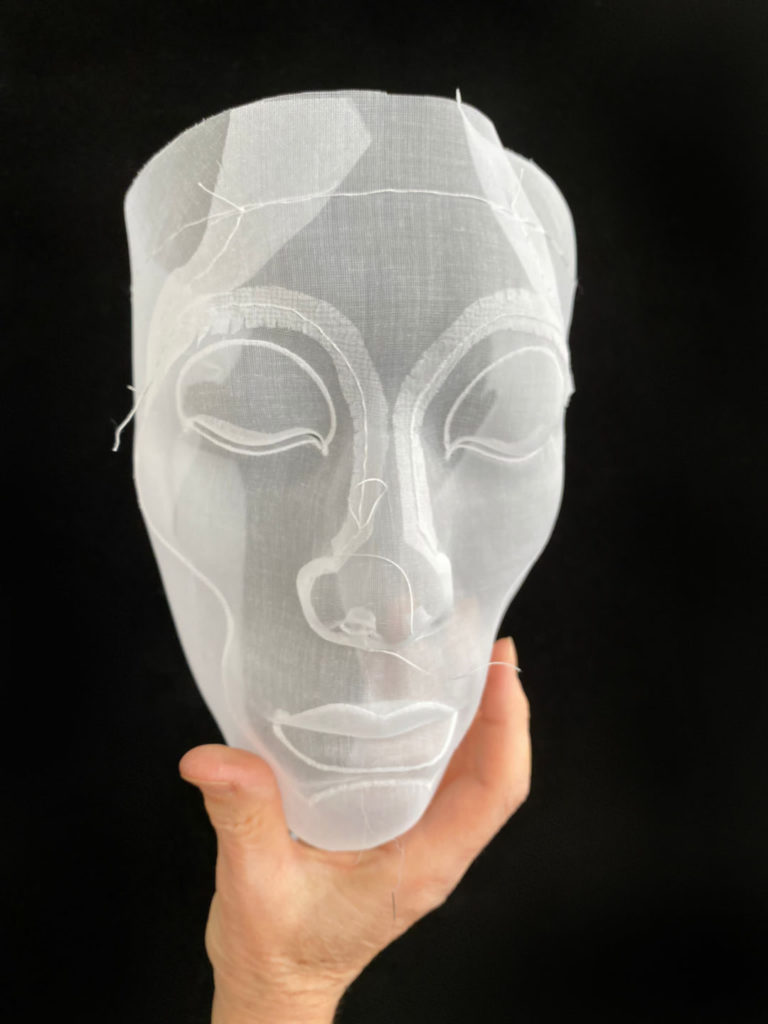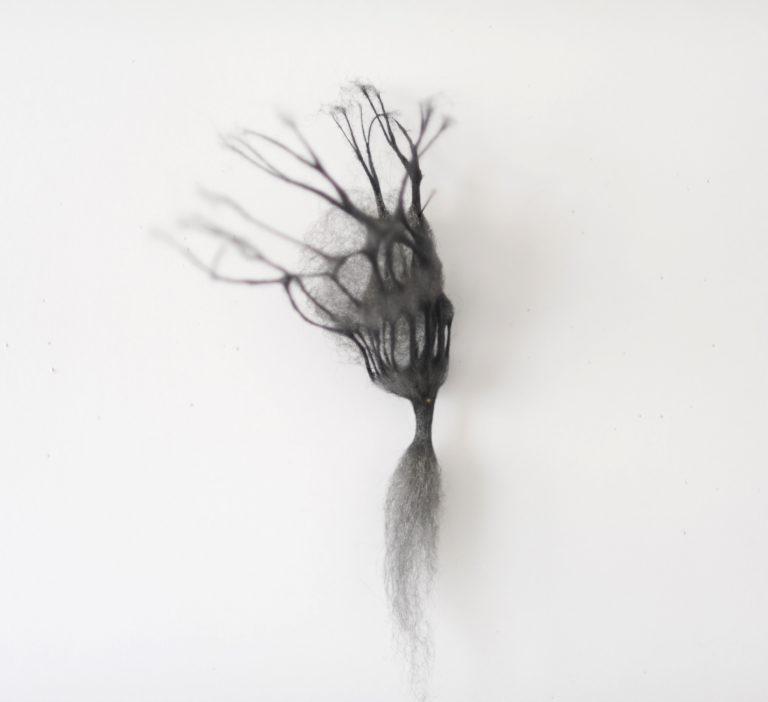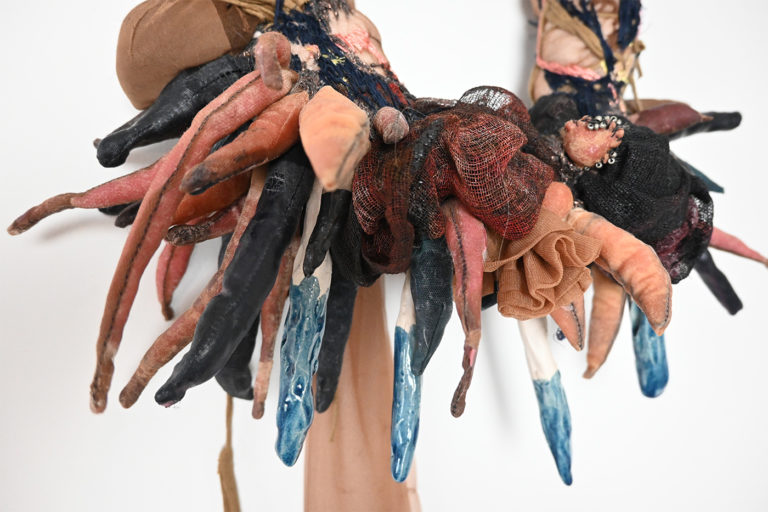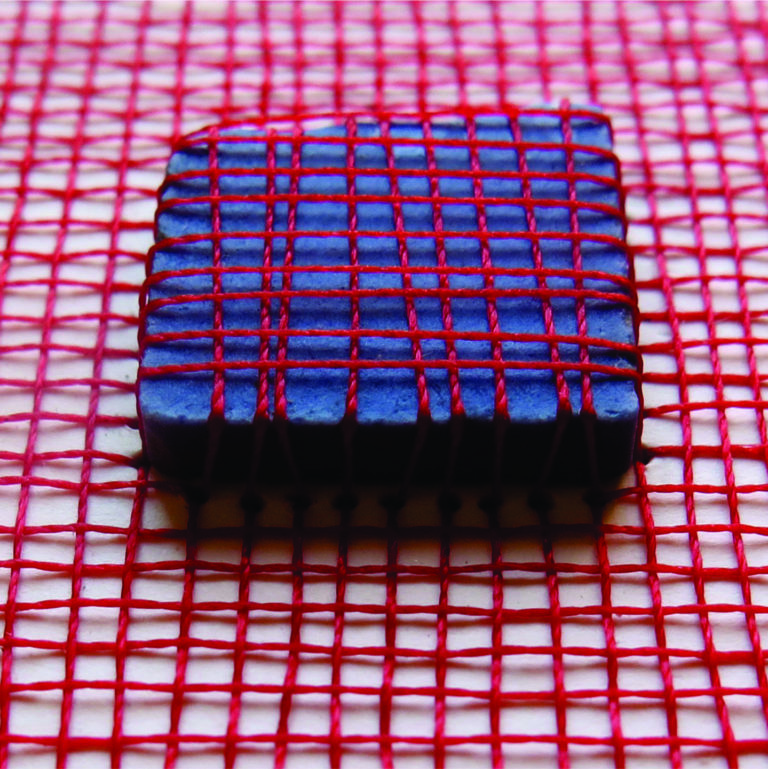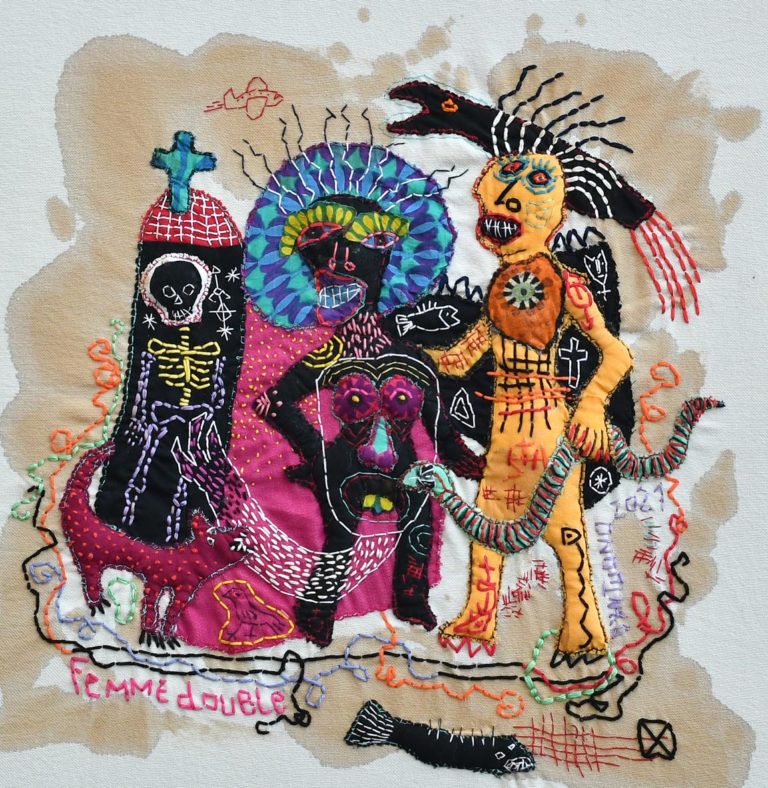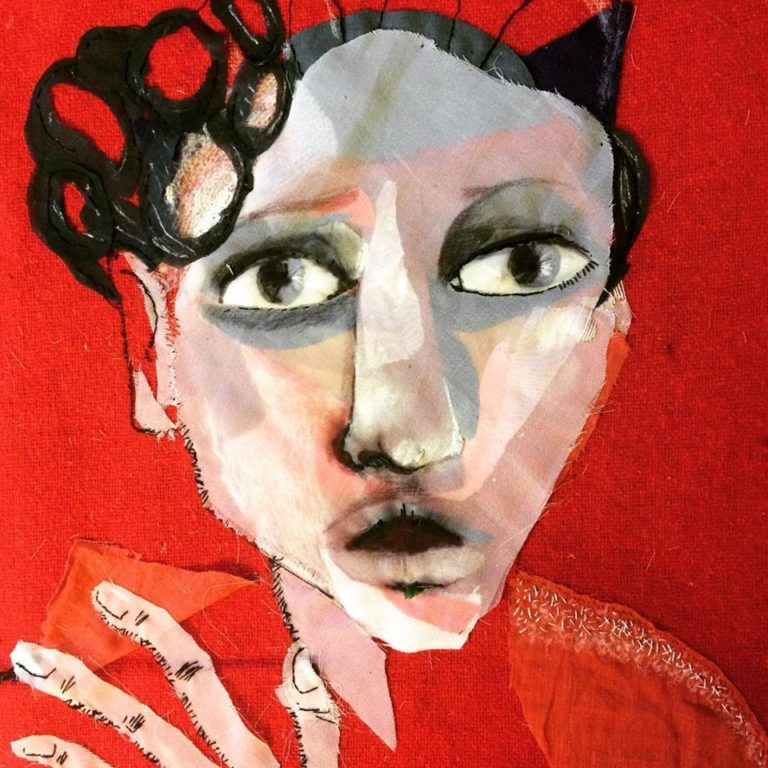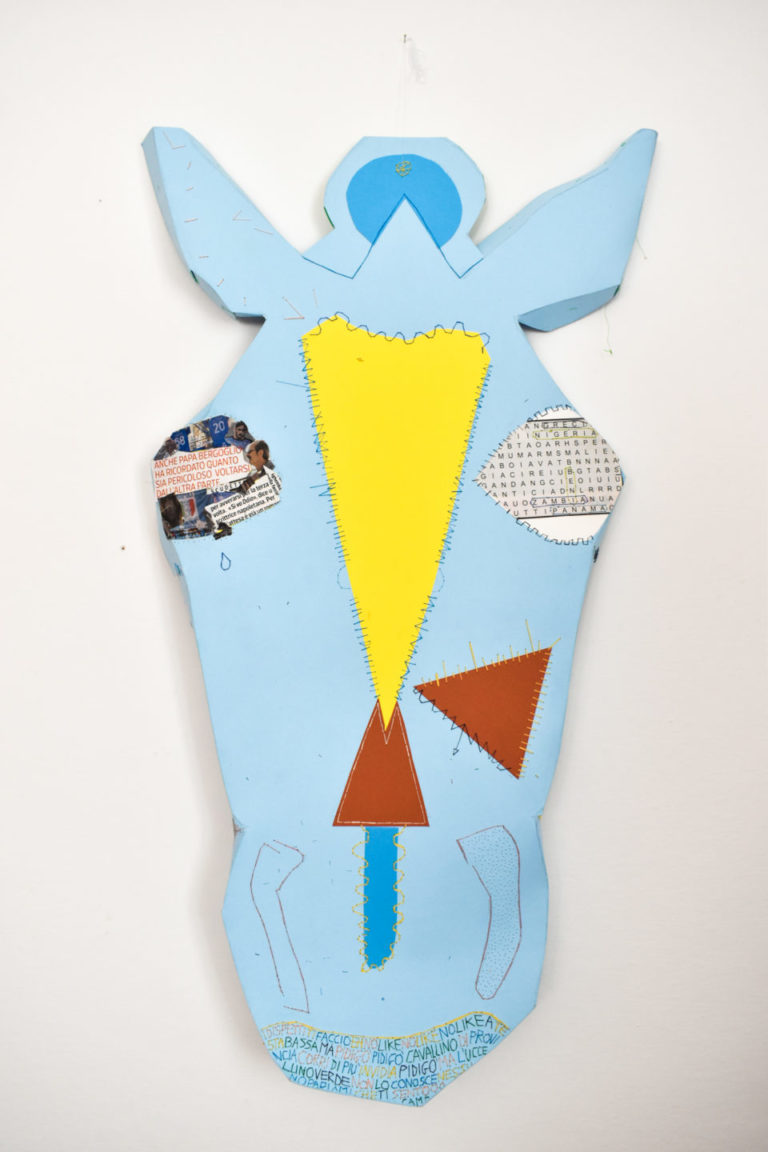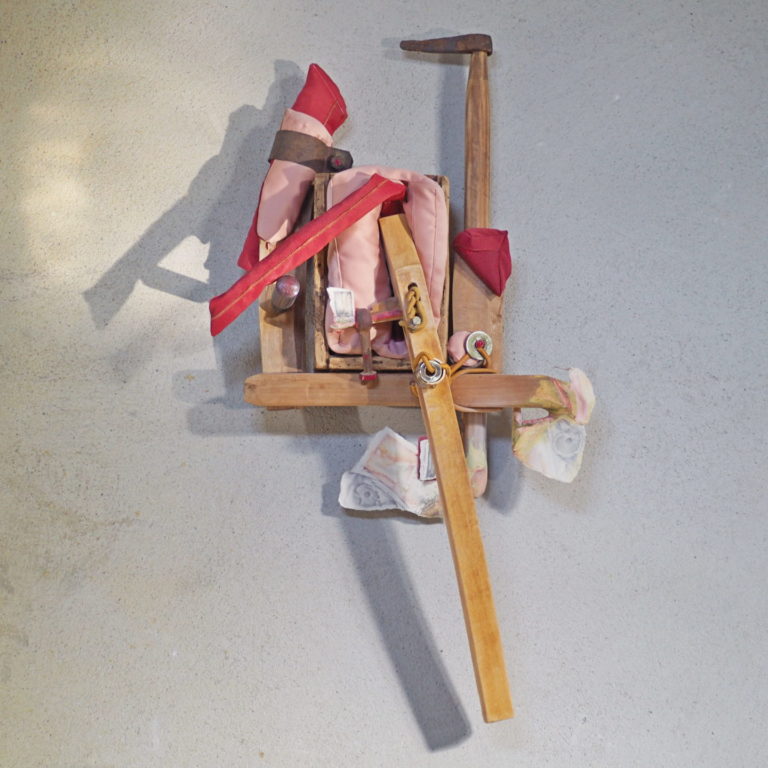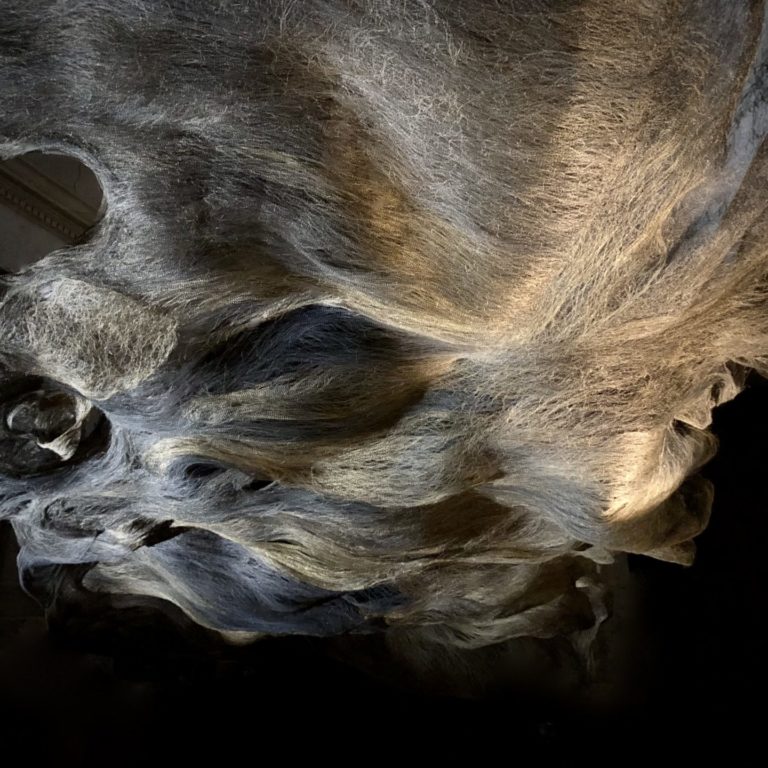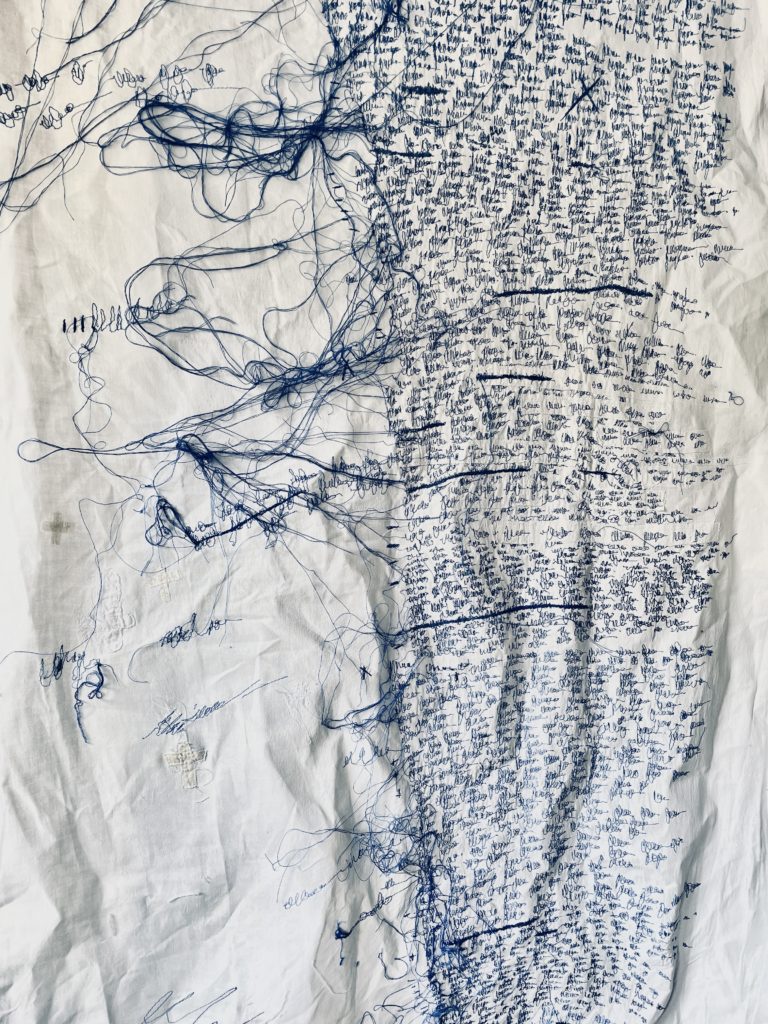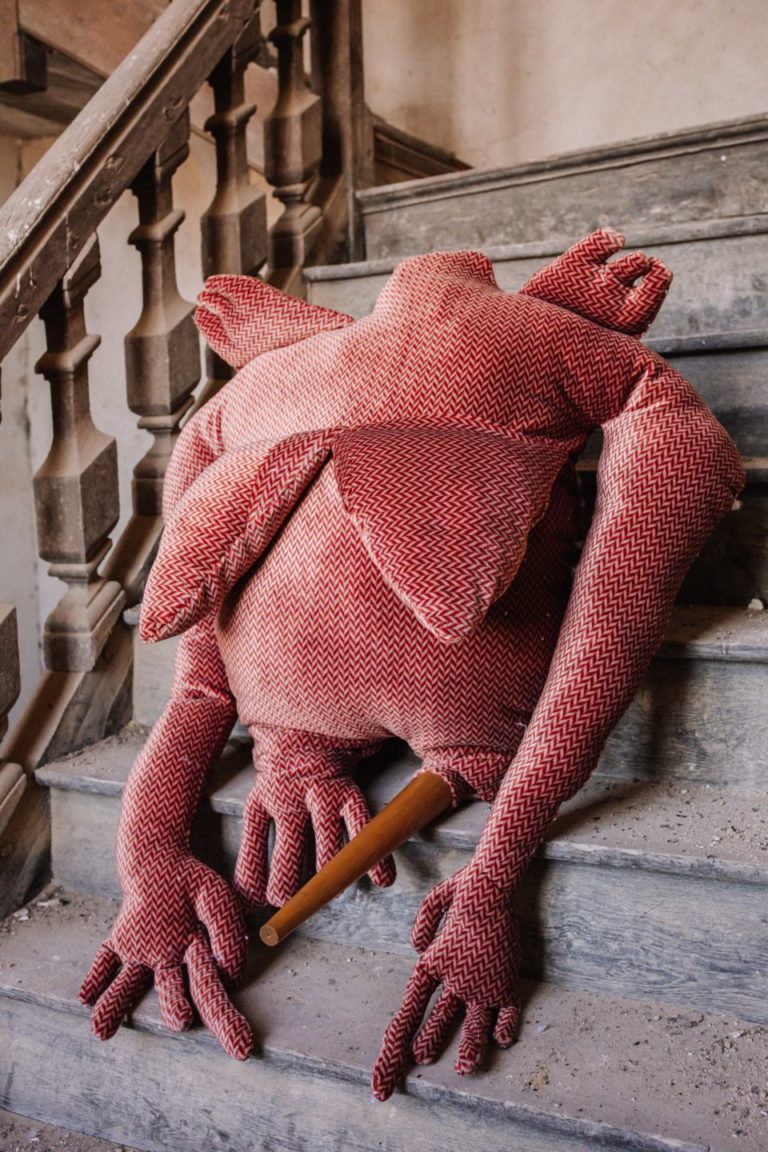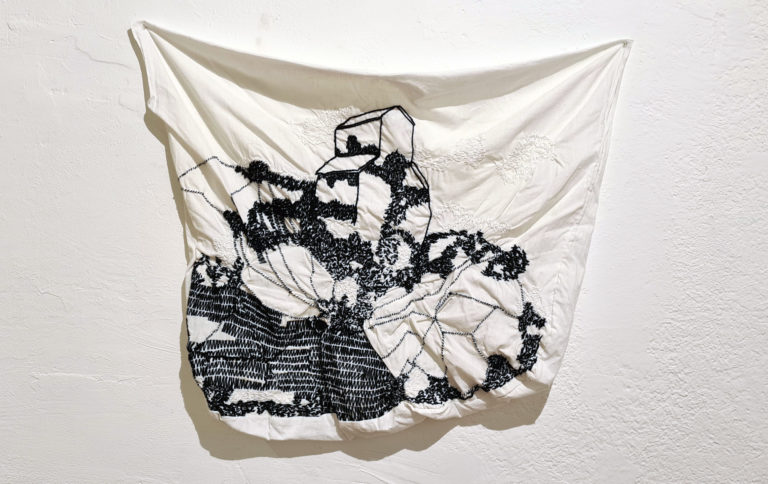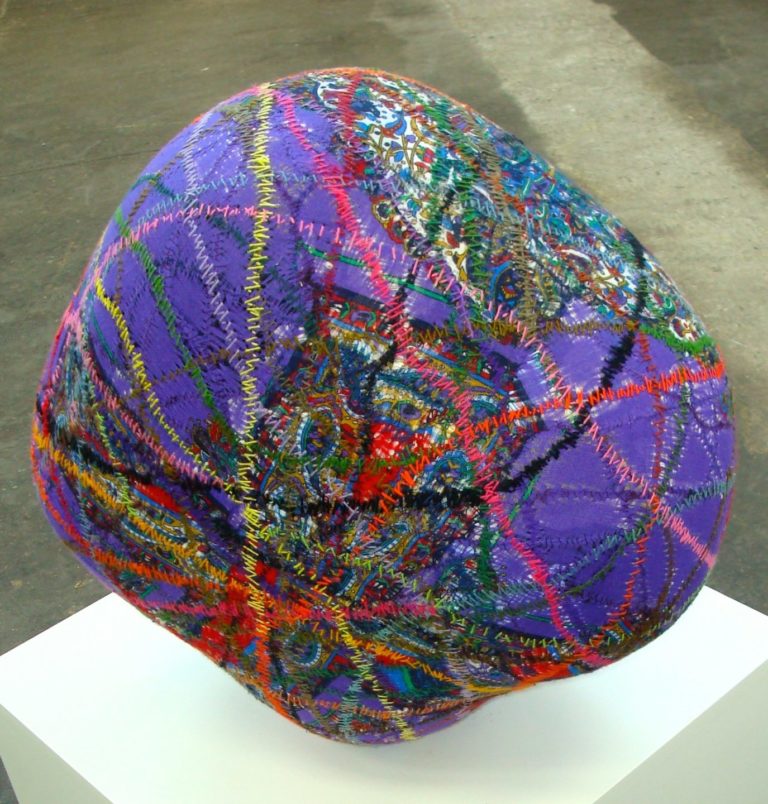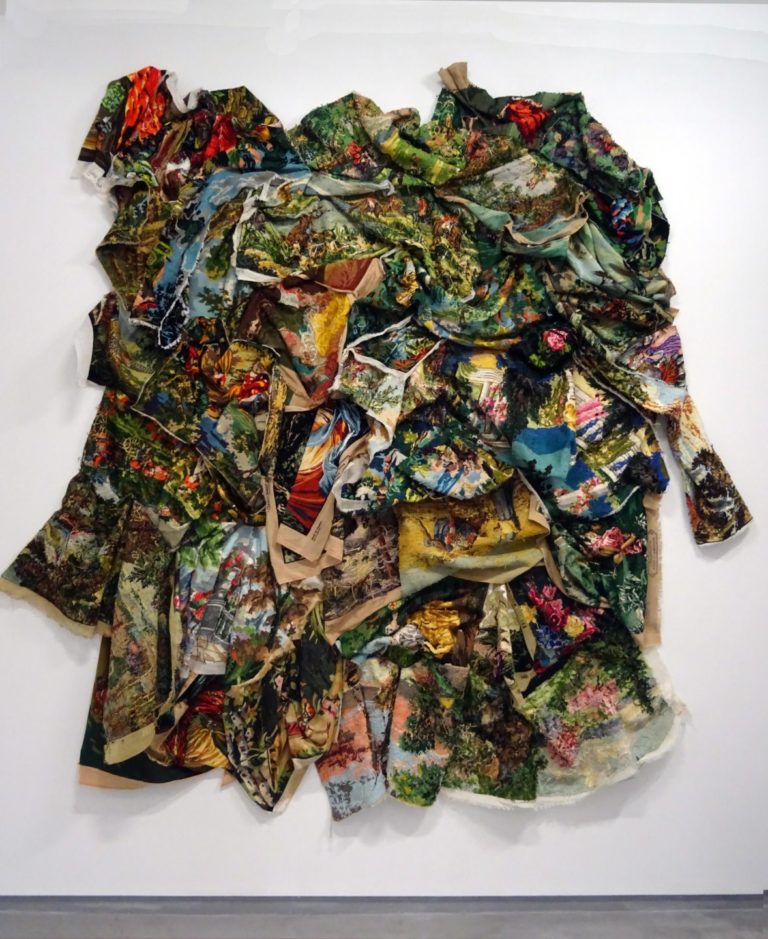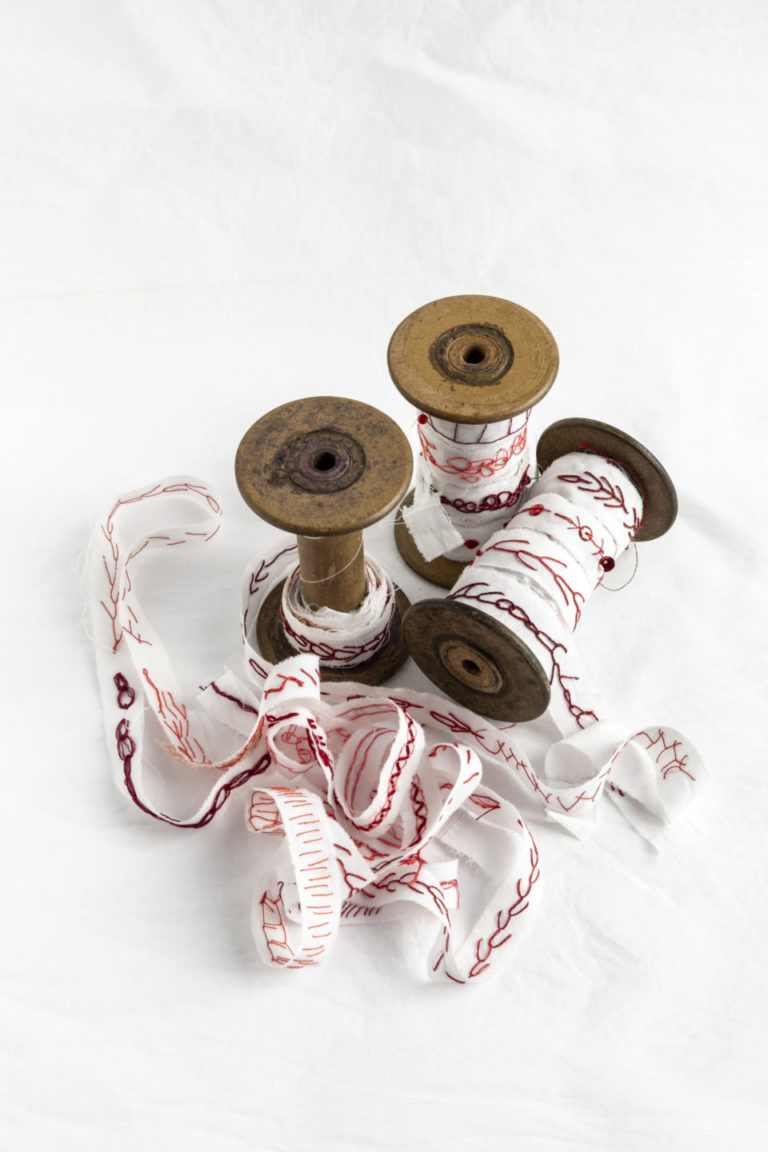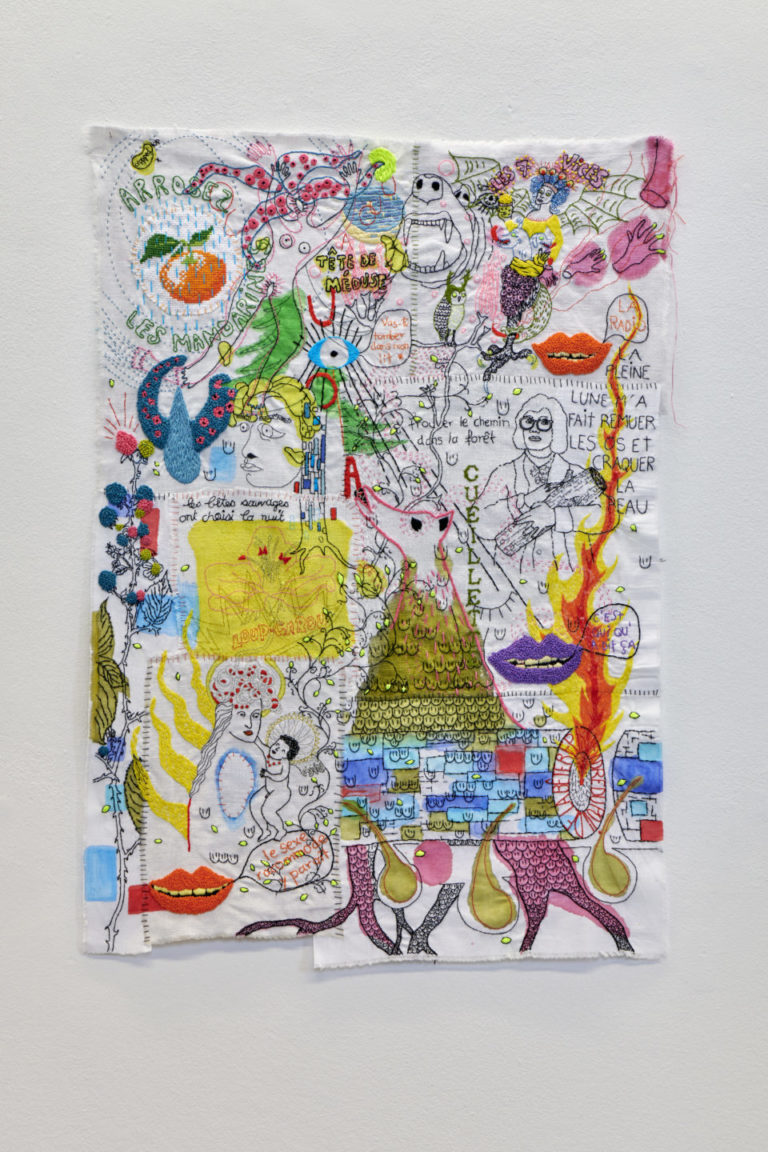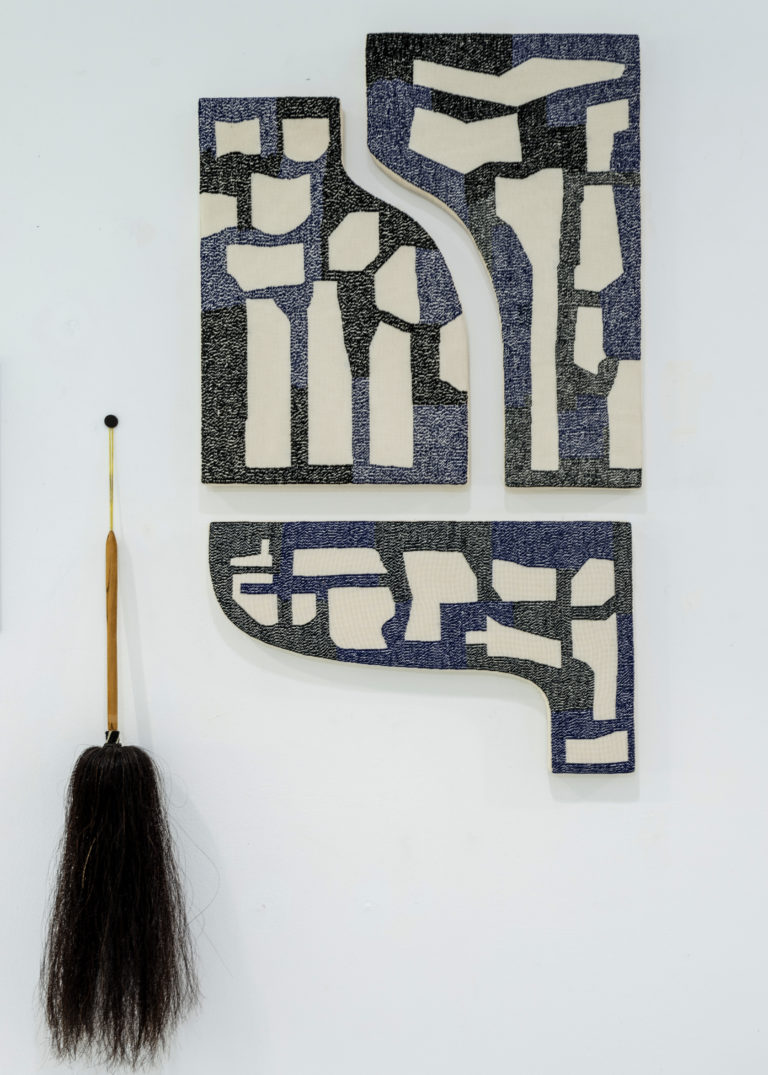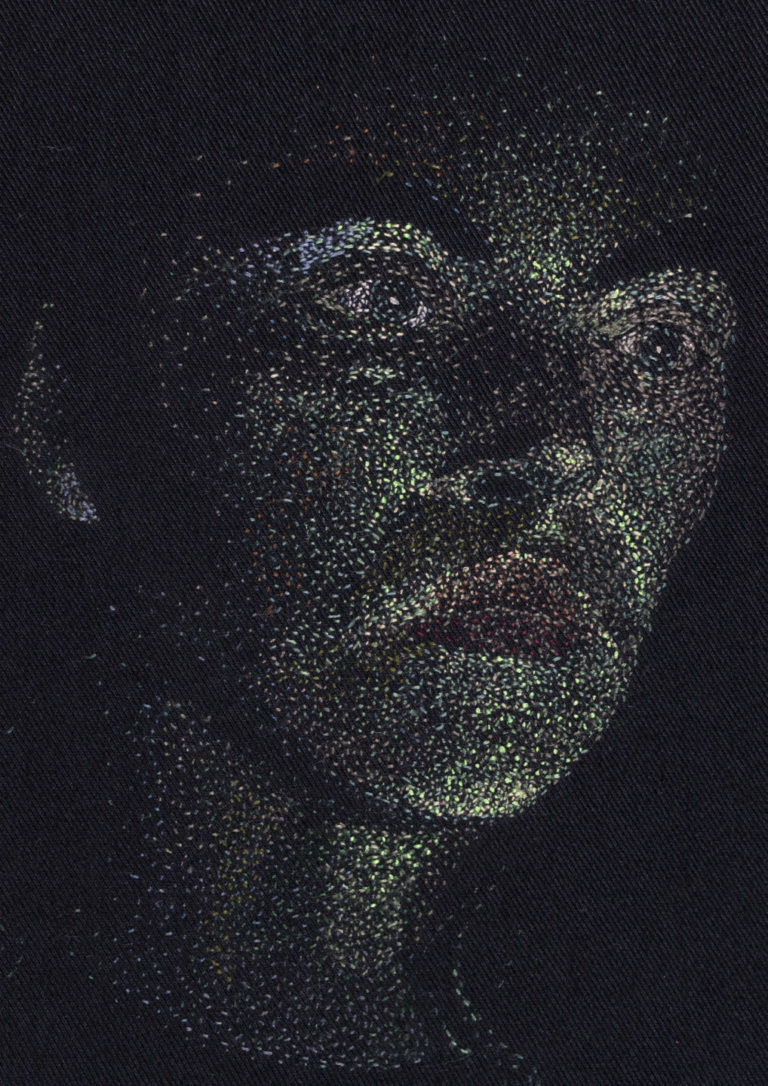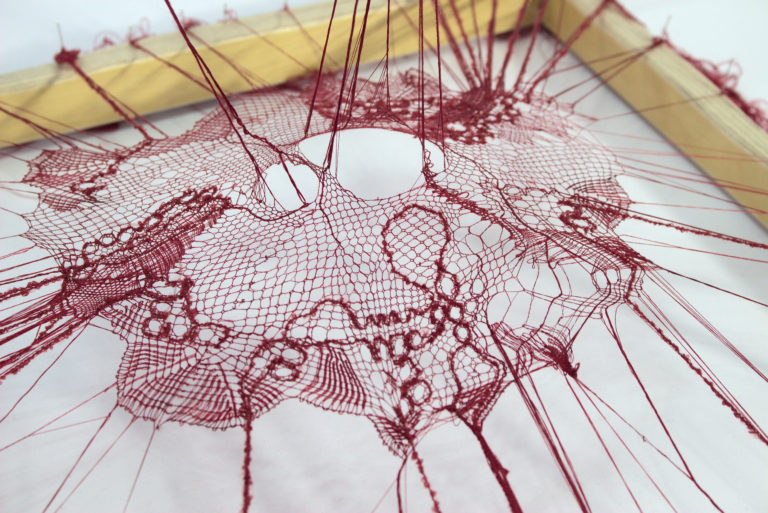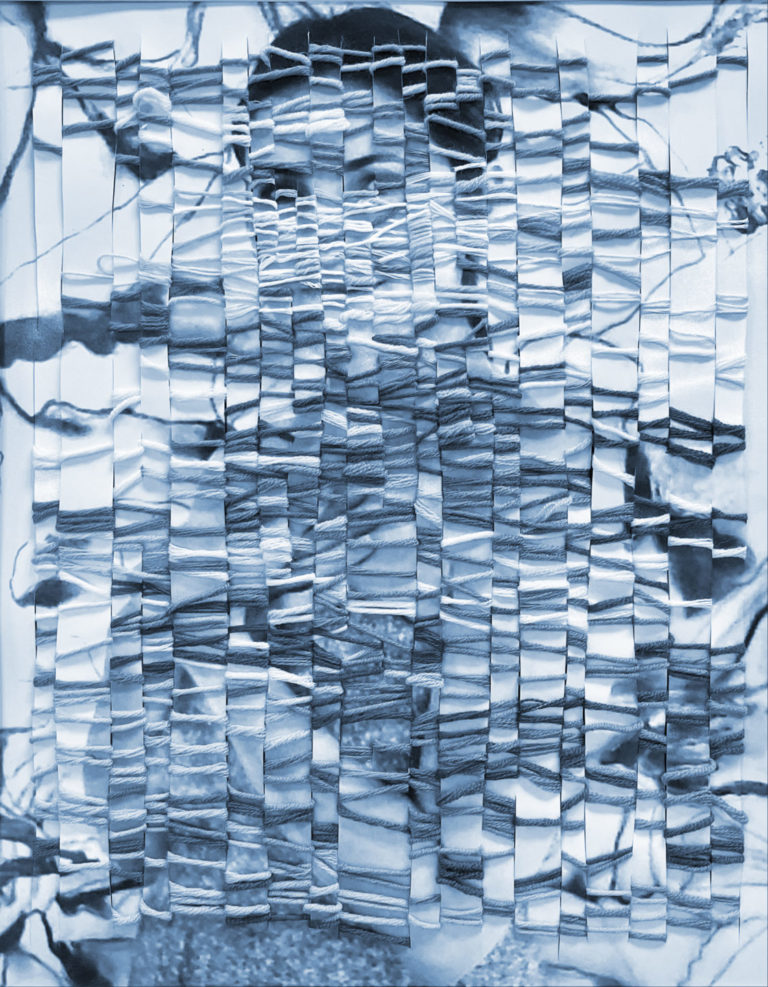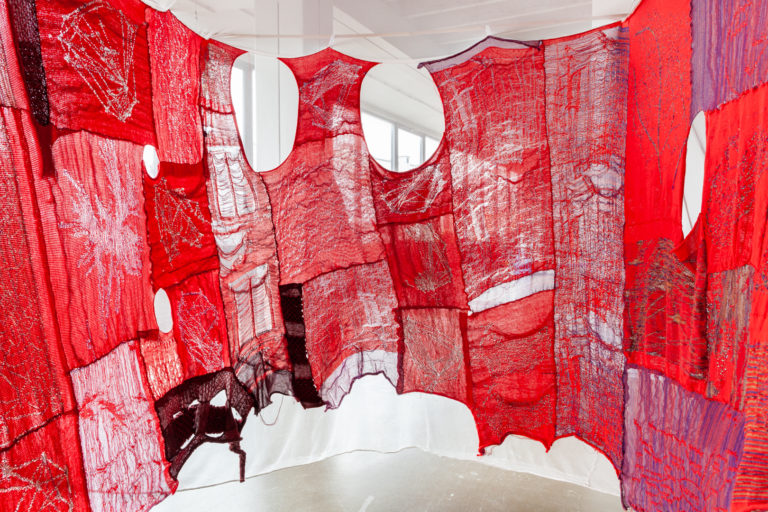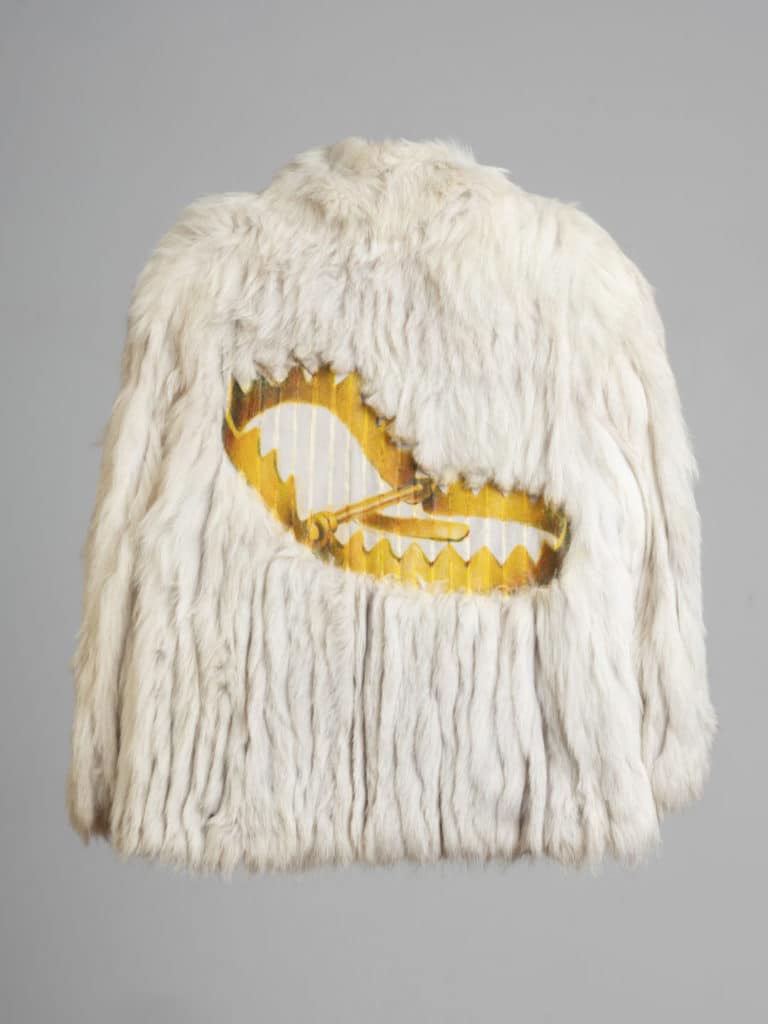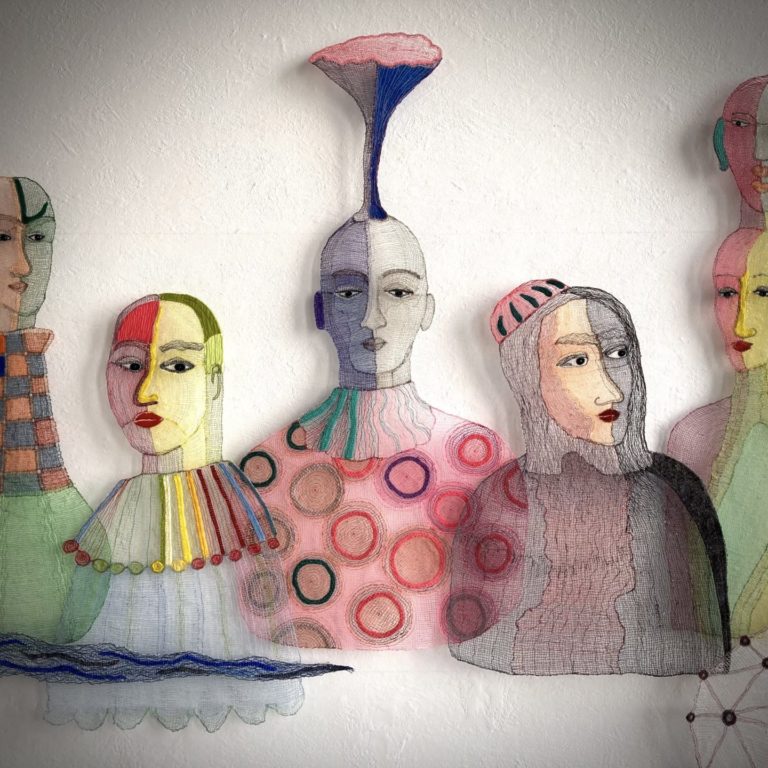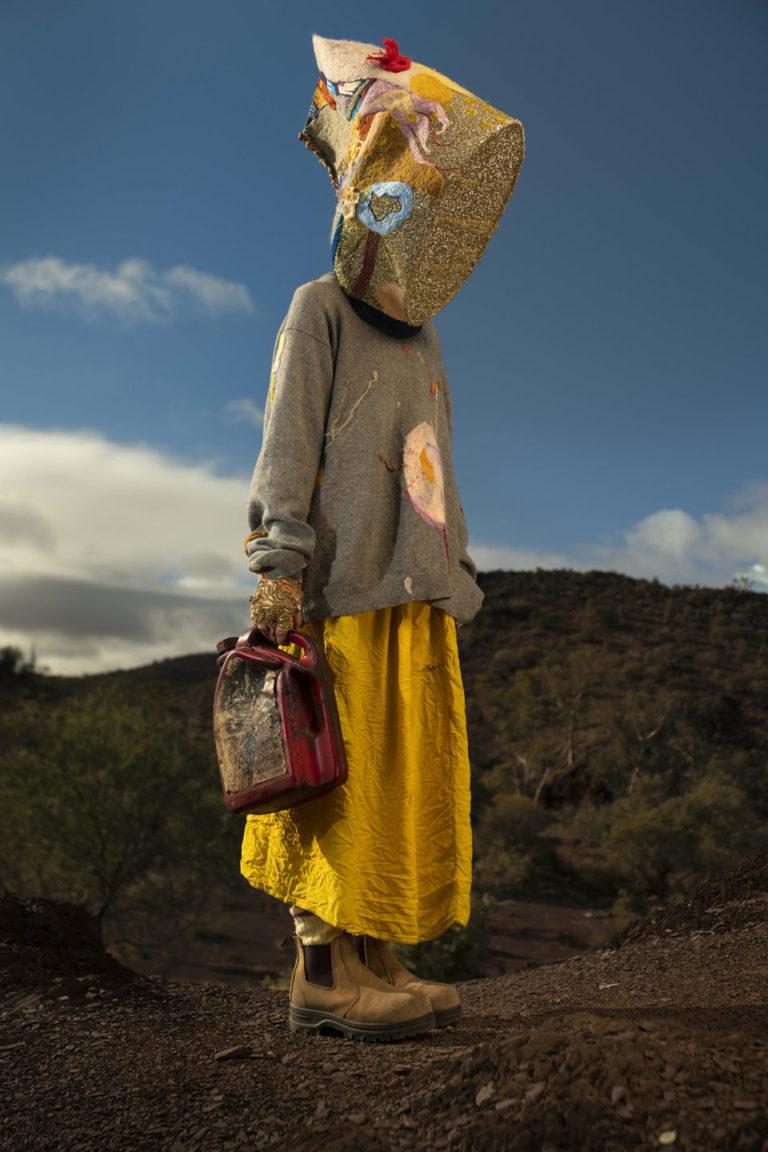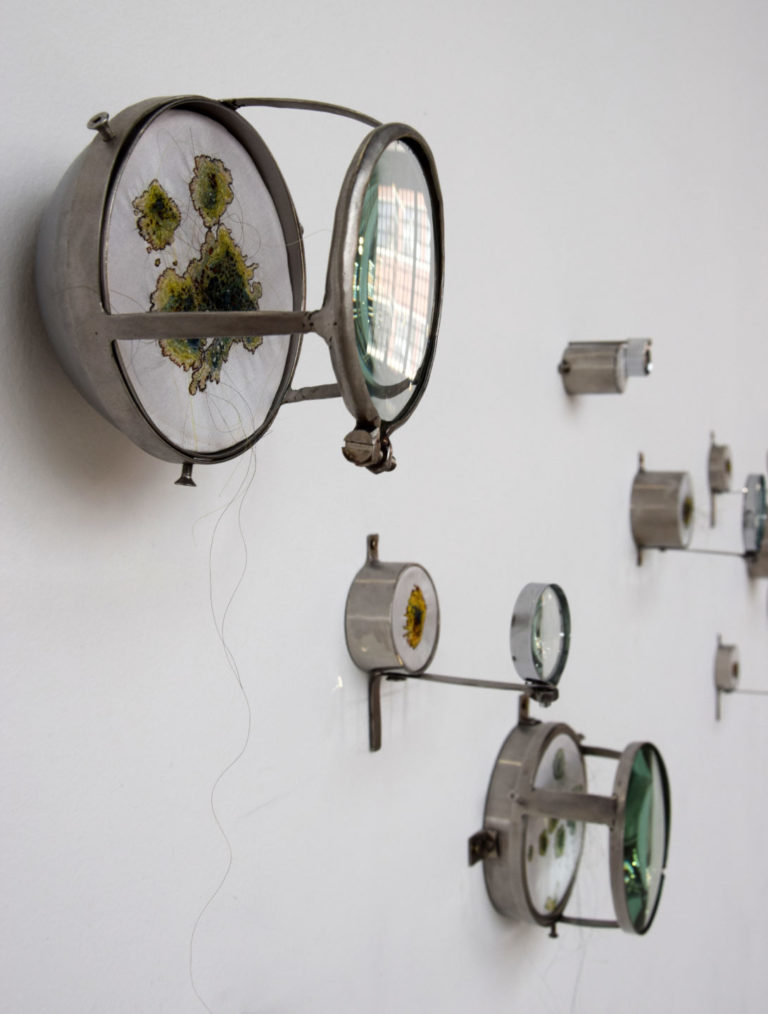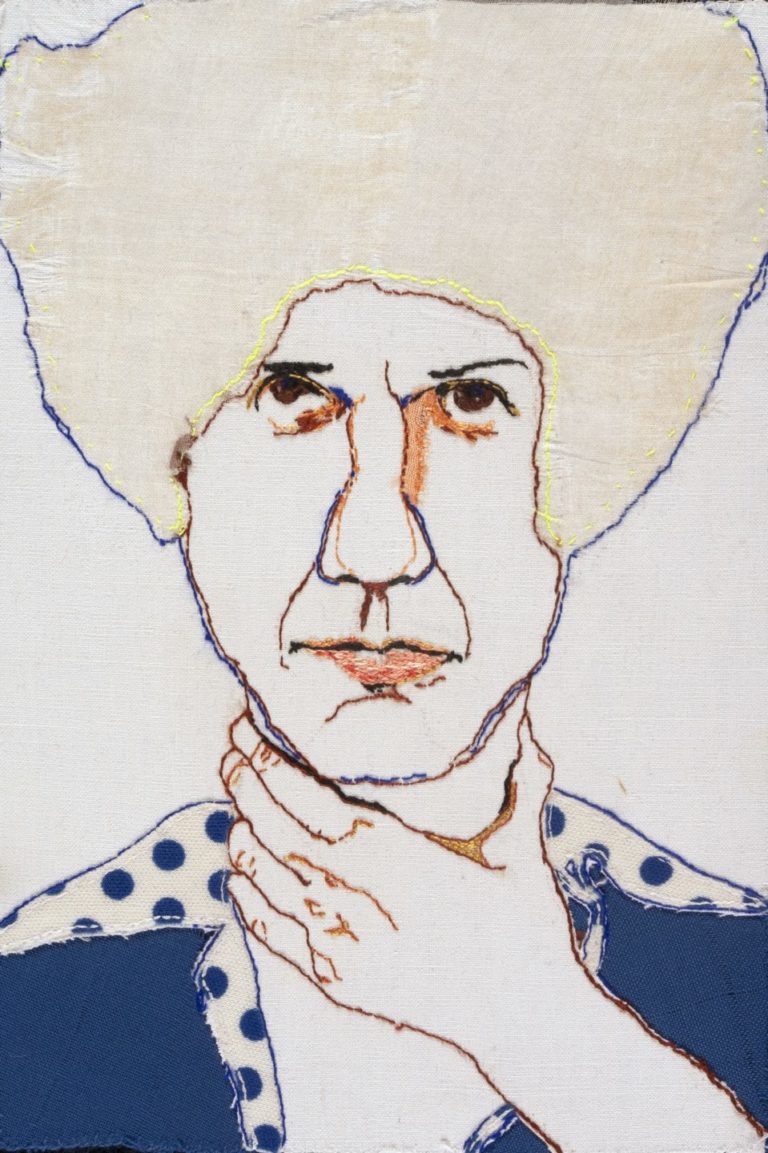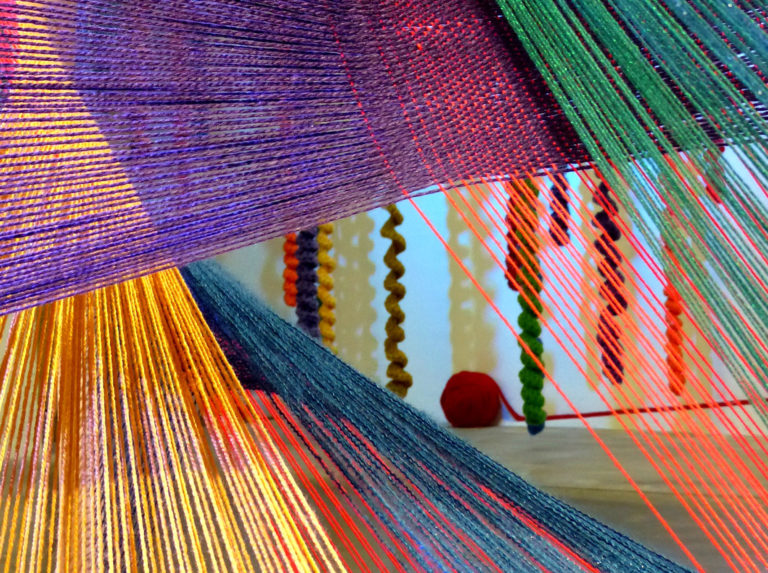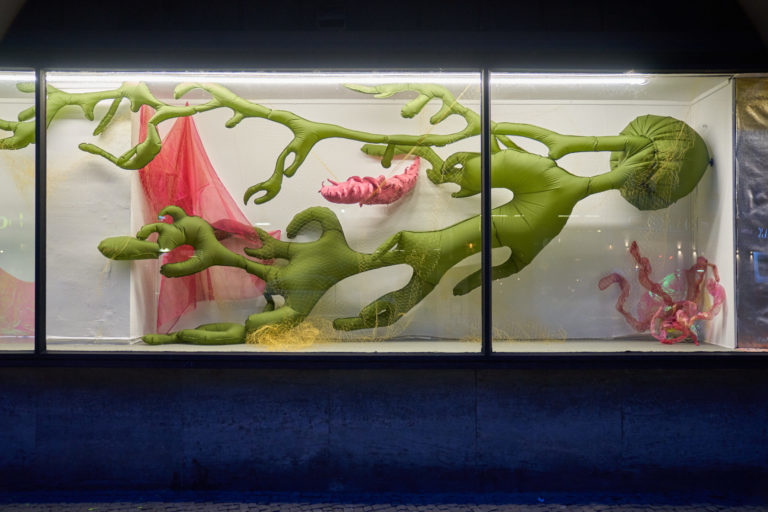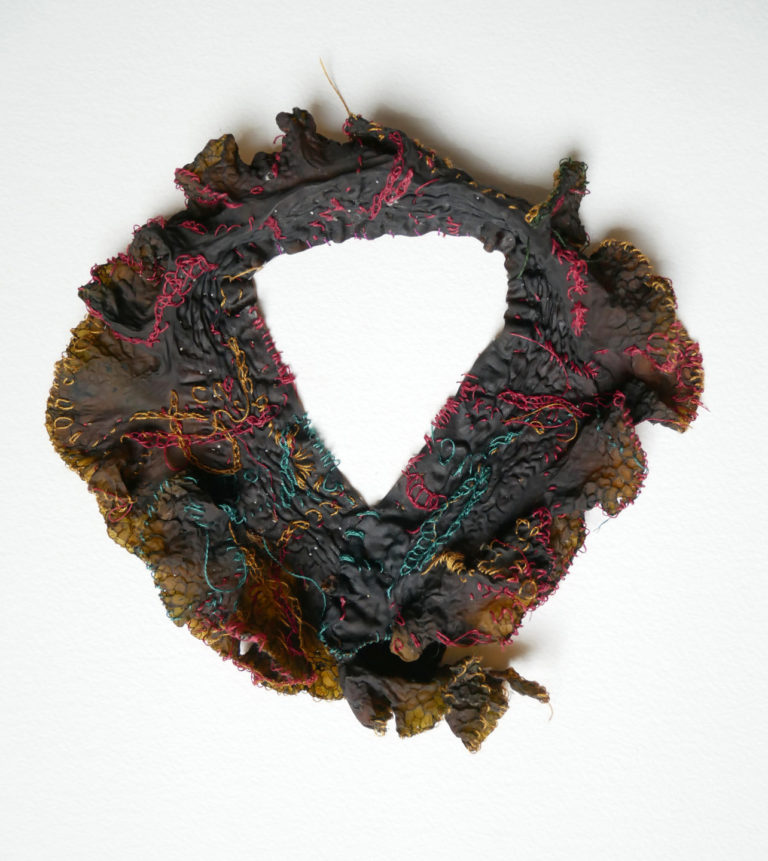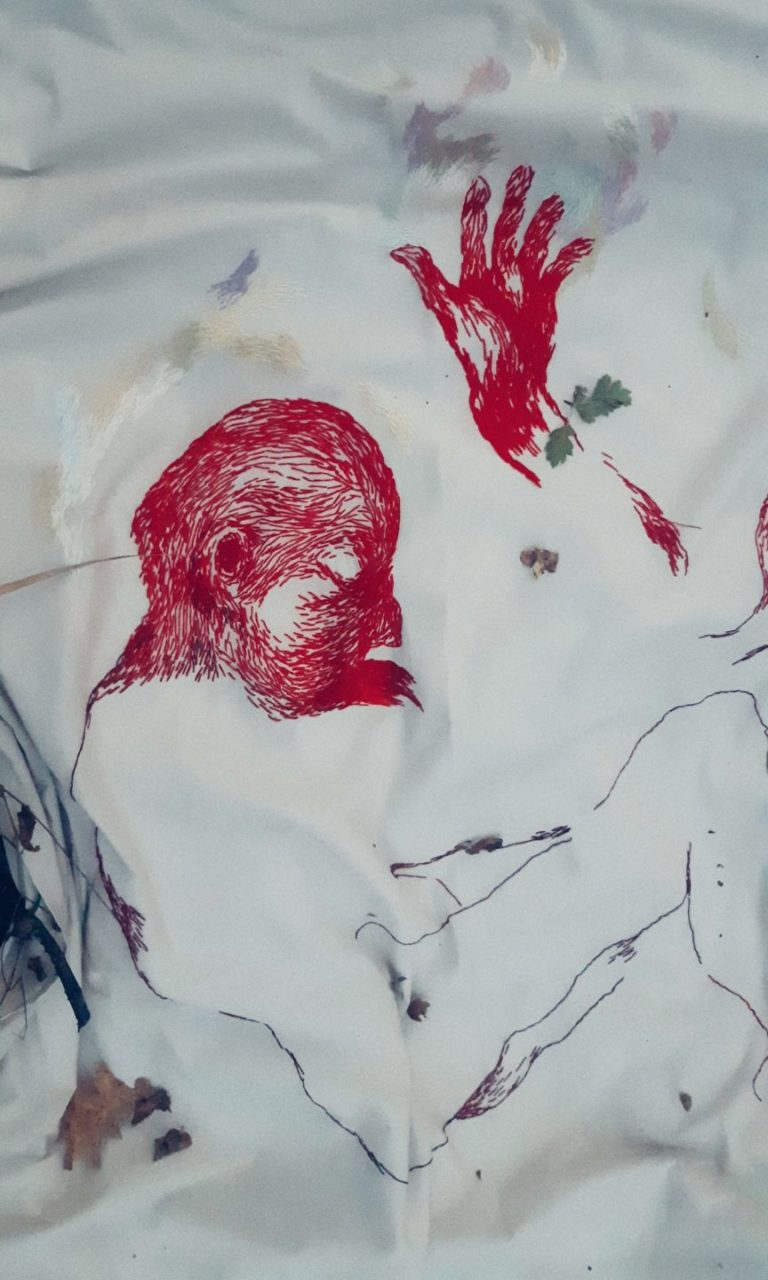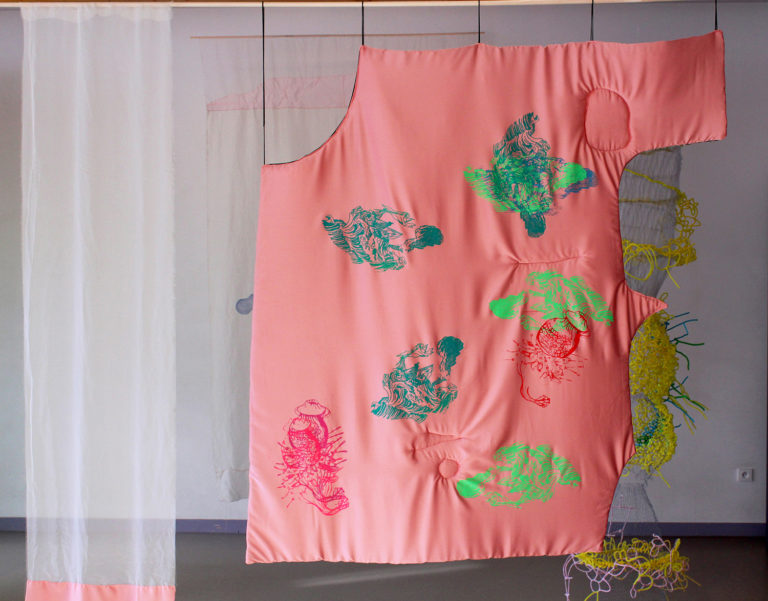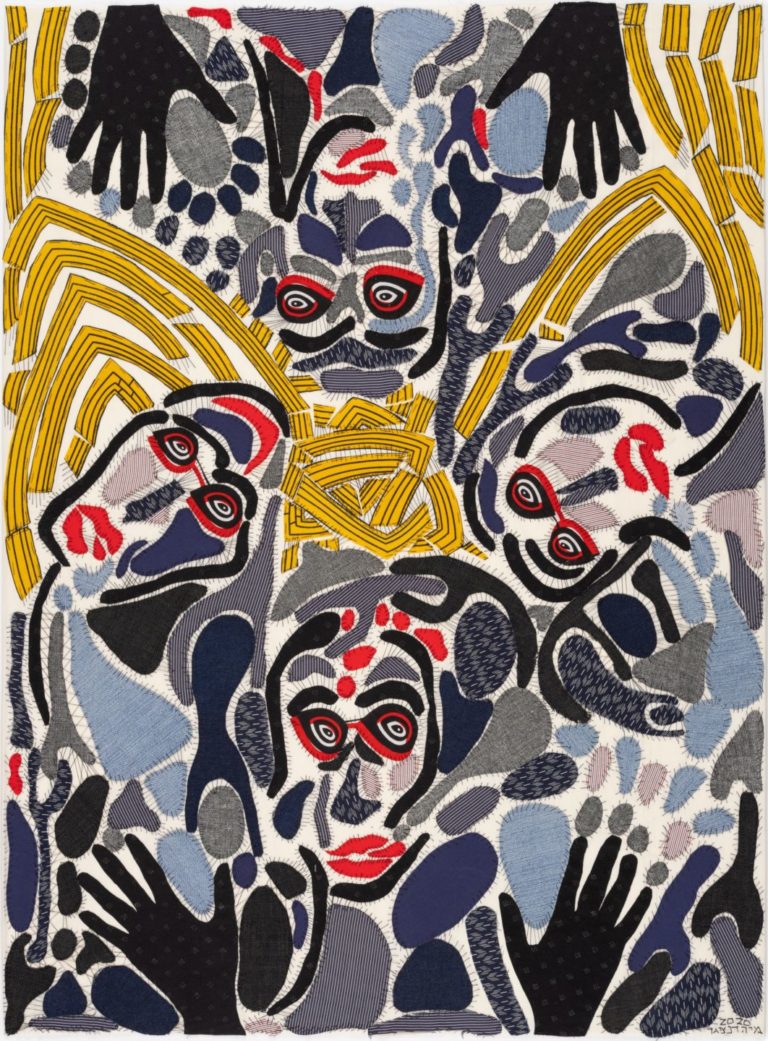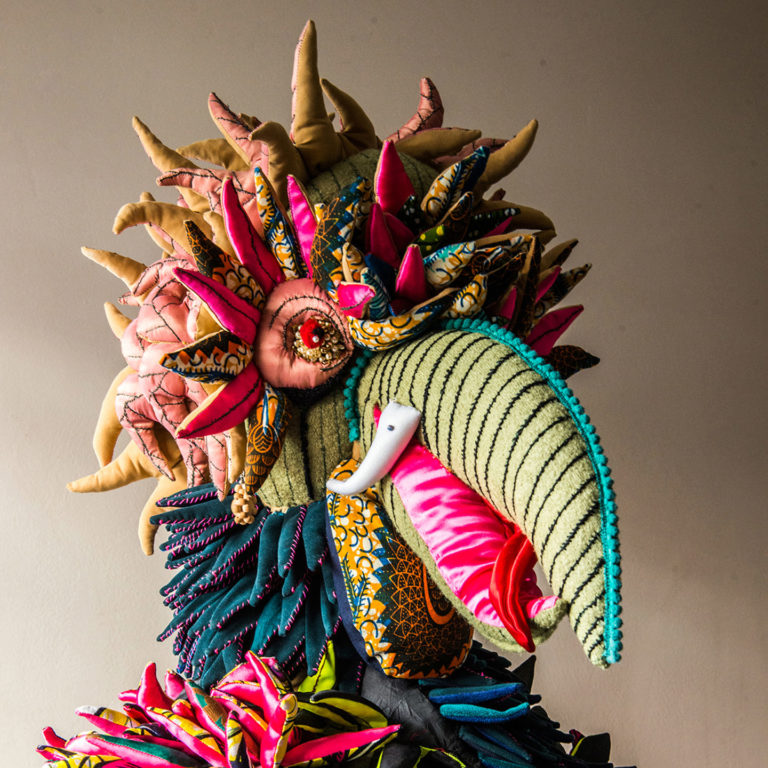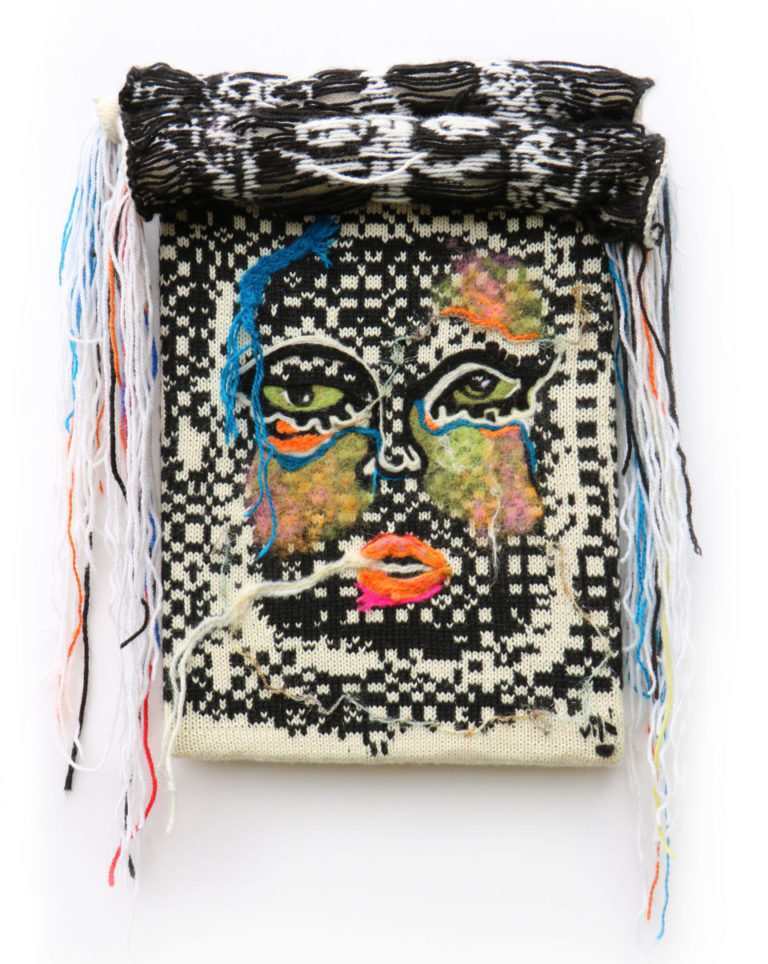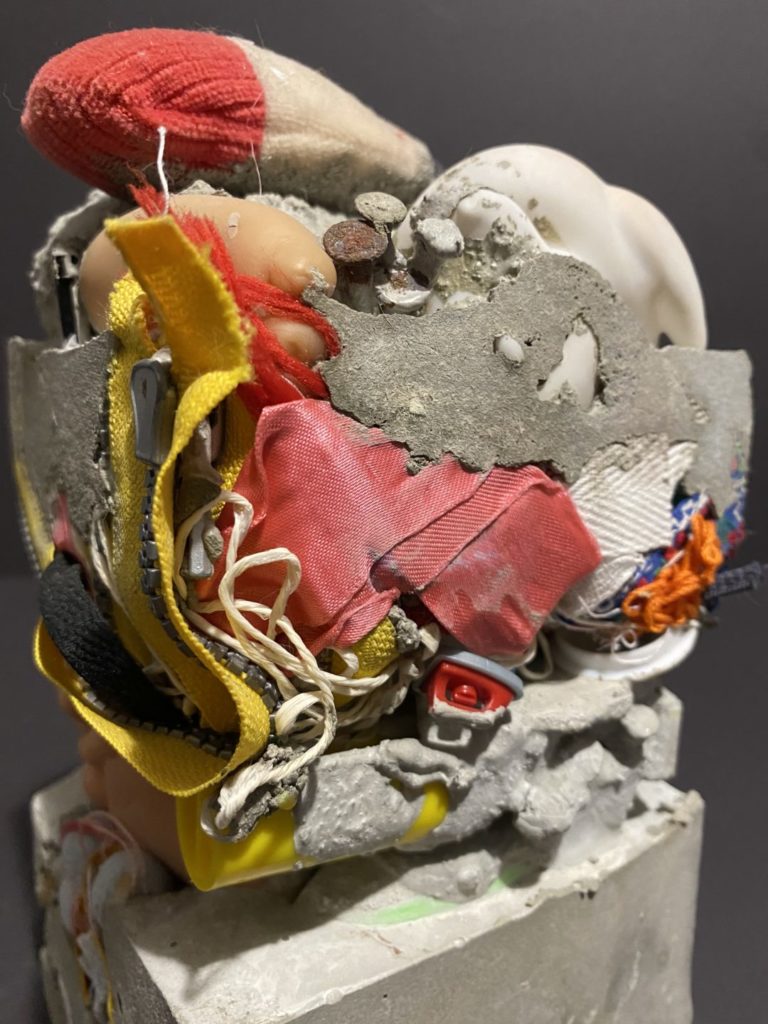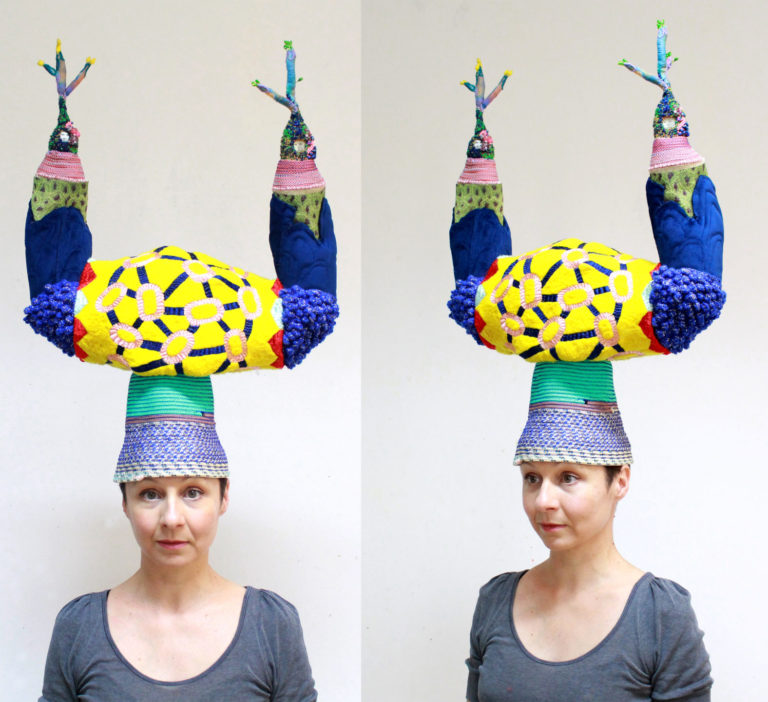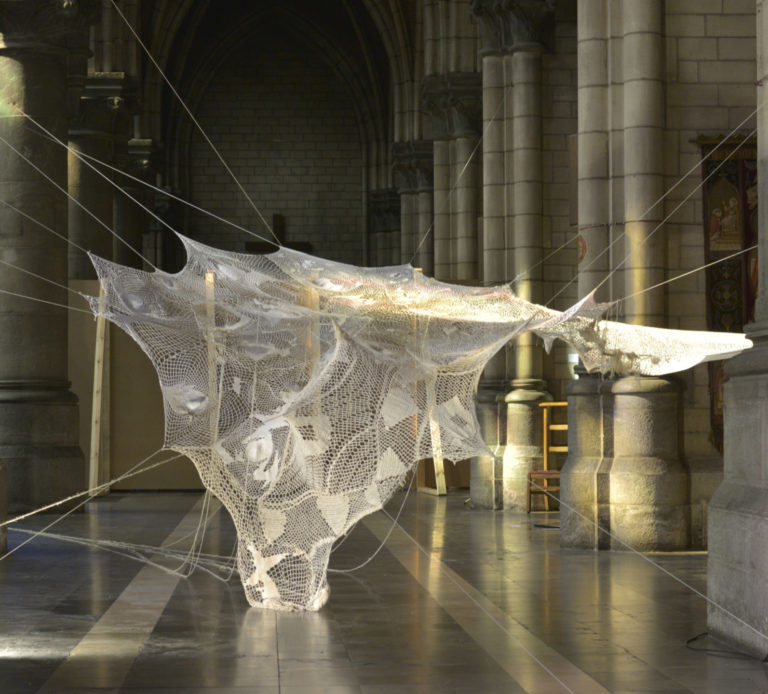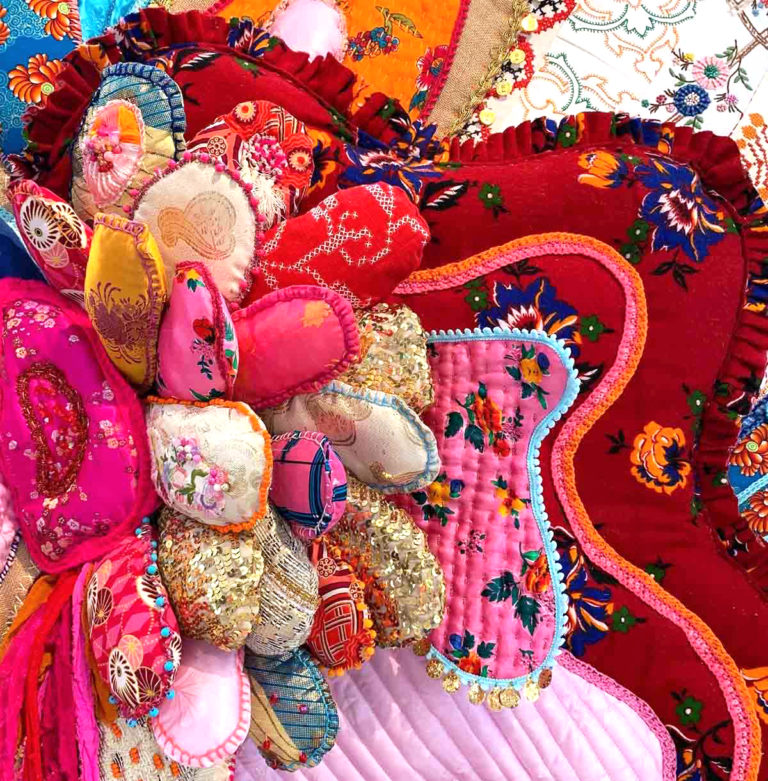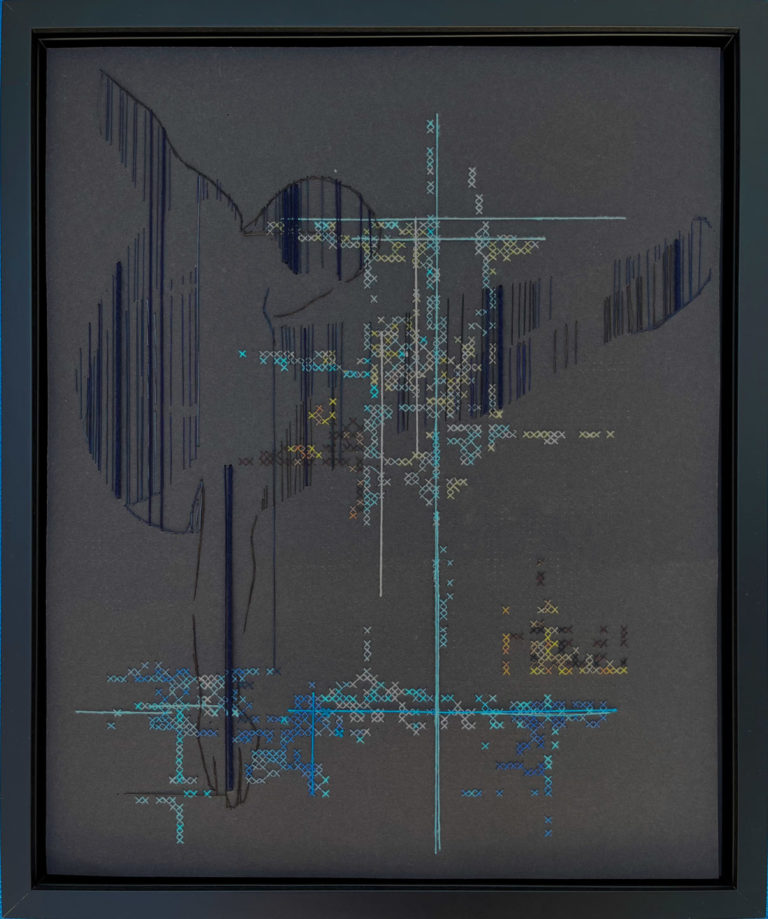Nos artistes
Venus des quatre coins du monde, les artistes de Fiber Art Fever ! présentent diverses formes d’utilisation du textile ou de ses techniques dans l’art contemporain. Chacun d’entre eux s’exprime à travers les différentes disciplines classiques de l’art : la sculpture (dite sculpture molle), le dessin (au fil), la peinture (à l’aiguille), ainsi que la photo, la vidéo, la performance et l’installation en intérieur ou en extérieur.
Filtres
Pays
Techniques/Disciplines
Matériaux
Type ou thématique
-
alice calm
-
amelia nin
-
andrea ellis
-
angélique
-
anne laval
-
arna gná gunnarsdóttir
-
aurélia cerulei
-
barbara d'antuono
-
carolina fuentealba baldini
-
cenzo cocca
-
chantal tichit
-
christelle balbinot
-
christelle lacombe
-
constance boulay
-
corinne de battista
-
delphine caraz
-
dominique torrente
-
edith laplane
-
elodie weber
-
ema duval
-
estefania tarud
-
gladys sauvage
-
guacolda
-
iris frère
-
isabelle caltot
-
jo bones
-
karola pezarro
-
kasia töns
-
laura sánchez filomeno
-
lia de jonghe
-
lili bel
-
lola barrett
-
maëlle de coux
-
maria motyleva
-
marie-noëlle deverre
-
maya danziger
-
myrtille béal
-
paty vilo
-
renlee 33
-
séverine gallardo
-
sonia aniceto
-
stephanie laleuw
-
uta kreher
